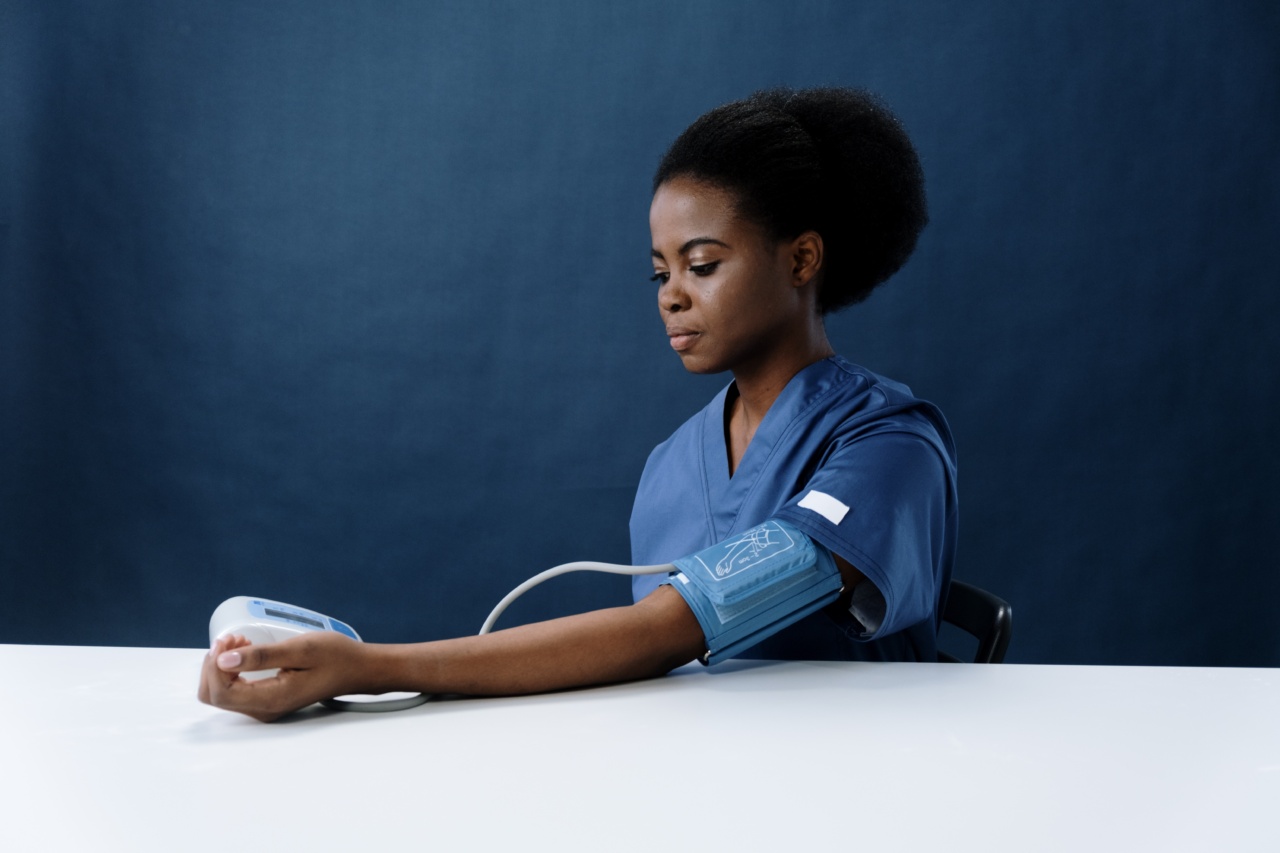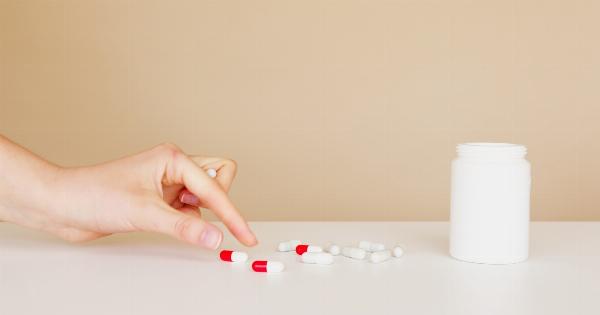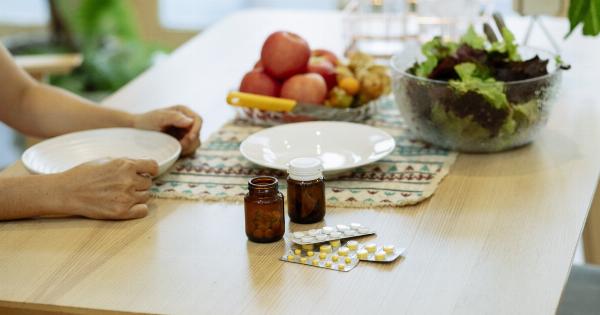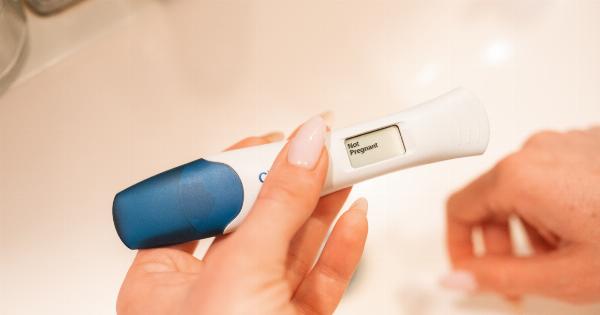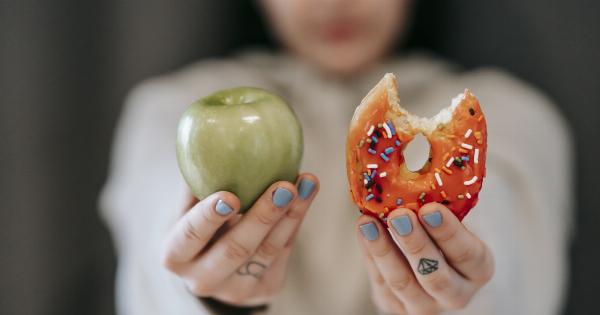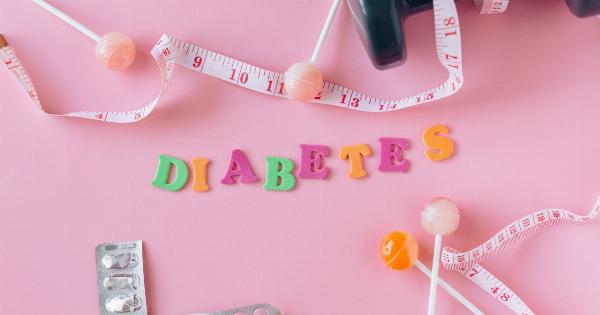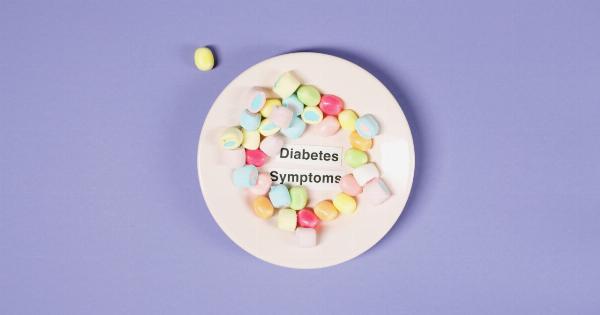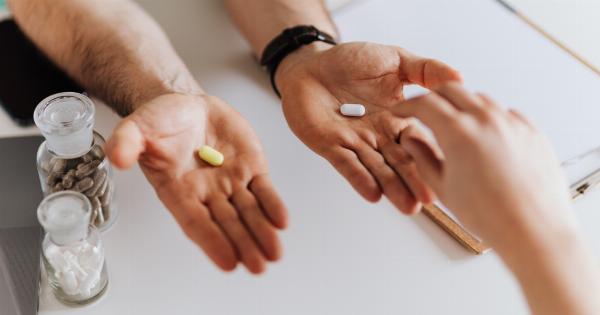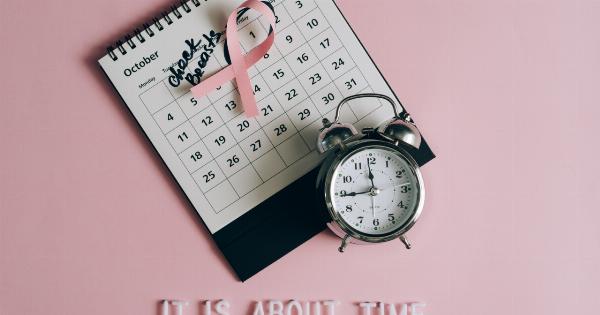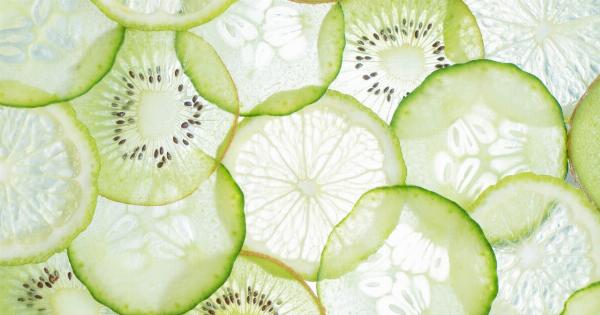High blood pressure, also known as hypertension, is a common health condition that affects millions of people worldwide.
It is often referred to as the “silent killer” because it does not usually present any symptoms until it reaches a dangerous level. World Hypertension Day, celebrated on the 17th of May each year, aims to raise awareness about this prevalent condition and promote healthier lifestyle choices to mitigate its risks.
If you have been diagnosed with hypertension or are looking to prevent it, implementing these 8 simple steps into your daily routine can help in lowering your blood pressure:.
1. Keep a Healthy Weight
One of the primary risk factors for high blood pressure is being overweight or obese. Excess weight puts added strain on your heart and circulatory system, leading to elevated blood pressure.
By maintaining a healthy weight through a balanced diet and regular exercise, you can reduce this risk significantly.
 .
.
2. Follow a Balanced Diet
Your diet plays a crucial role in managing your blood pressure. To lower your blood pressure, try incorporating the Dietary Approaches to Stop Hypertension (DASH) diet into your routine.
This diet emphasizes fruits, vegetables, whole grains, lean proteins, and low-fat dairy products while limiting sodium, saturated fats, and added sugars.
 .
.
3. Reduce Sodium Intake
Excessive sodium consumption is a leading cause of high blood pressure. Try to limit your intake of processed and packaged foods, as they often contain high levels of sodium.
Instead, opt for fresh, homemade meals that allow you to control the amount of salt added. Gradually reducing your sodium intake can have a significant impact on your blood pressure.
 .
.
4. Engage in Regular Physical Activity
Regular exercise is essential for maintaining a healthy blood pressure level. Engaging in moderate-intensity aerobic activity, such as brisk walking, swimming, or cycling, for at least 150 minutes per week can help lower your blood pressure.
Additionally, incorporating strength training exercises at least twice a week can provide additional benefits.
 .
.
5. Limit Alcohol Consumption
Excessive alcohol consumption can raise your blood pressure and increase your risk of developing hypertension. If you choose to drink alcohol, do so in moderation.
Men should limit their intake to two standard drinks per day, while women should stick to one. It’s important to note that excessive drinking or binge drinking can nullify any potential benefits.
 .
.
6. Quit Smoking
Smoking and high blood pressure are a deadly combination. Smoking damages your blood vessels and decreases the oxygen supply to your organs, leading to increased blood pressure and an increased risk of heart disease.
Quitting smoking not only benefits your blood pressure but also your overall health.
 .
.
7. Manage Stress Levels
Chronic stress can contribute to high blood pressure. Finding healthy ways to manage stress, like practicing relaxation techniques, engaging in hobbies, or seeking support from loved ones, can help lower and control your blood pressure.
Prioritizing self-care and maintaining a balanced work-life routine can also significantly reduce stress levels.
 .
.
8. Get Regular Check-ups
Regular check-ups with your healthcare provider are essential for managing your blood pressure effectively. They can help monitor your levels, adjust medications if necessary, and provide guidance on maintaining a healthy lifestyle.
It’s important to follow through with recommended tests and appointments to ensure your blood pressure is under control.
 .
.
By implementing these 8 simple steps into your routine, you can take control of your blood pressure and reduce the risks associated with hypertension. Remember, maintaining a healthy lifestyle is key to overall well-being and longevity!.
